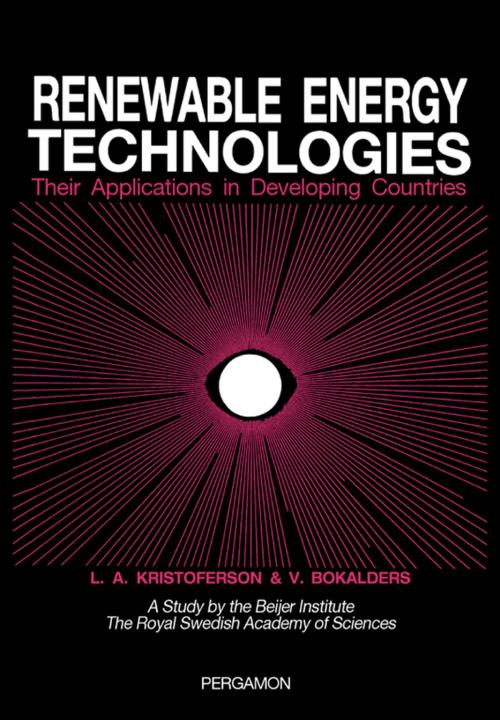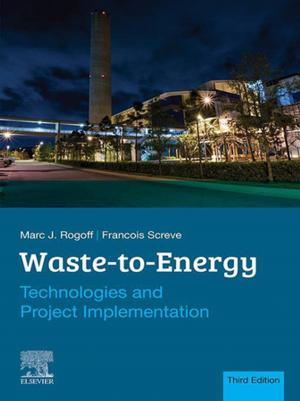Renewable Energy Technologies
Their Applications in Developing Countries
Nonfiction, Science & Nature, Technology, Engineering, Mechanical| Author: | L. A. Kristoferson, V. Bokalders | ISBN: | 9781483190990 |
| Publisher: | Elsevier Science | Publication: | October 22, 2013 |
| Imprint: | Pergamon | Language: | English |
| Author: | L. A. Kristoferson, V. Bokalders |
| ISBN: | 9781483190990 |
| Publisher: | Elsevier Science |
| Publication: | October 22, 2013 |
| Imprint: | Pergamon |
| Language: | English |
Renewable Energy Technologies: Their Applications in Developing Countries presents an overview and assessment of technologies for energy-related projects in the rural sector of developing countries.
This book discusses the important, but not dominant, role that new and renewable sources of energy (NARSE) will have in the Third World. Bioenergy fuel sources come from wood fuel, energy crops, agricultural residue and organic wastes, peat, biomass briquettes, biogas, and animal power. The text also describes the problems related to operating biomass engines and to the production of engine fuels such as alcohol fuels, vegetable oil, producer gas made from wood and charcoal. These problems concern land use and site location for growing these fuel crops, government policies or subsidies, as well as competition with prevailing petrol prices. Solar water heaters and photovoltaic cells can be used by households and in bigger institutions; ongoing technological developments mainly focus on cutting down costs and better manufacturing methods. The book also addresses other NARSE such as hydro, wind, and water power generation.
This book is suitable for economists, environmentalists, ecologists, and policy makers involved in energy conservation and rural development.
Renewable Energy Technologies: Their Applications in Developing Countries presents an overview and assessment of technologies for energy-related projects in the rural sector of developing countries.
This book discusses the important, but not dominant, role that new and renewable sources of energy (NARSE) will have in the Third World. Bioenergy fuel sources come from wood fuel, energy crops, agricultural residue and organic wastes, peat, biomass briquettes, biogas, and animal power. The text also describes the problems related to operating biomass engines and to the production of engine fuels such as alcohol fuels, vegetable oil, producer gas made from wood and charcoal. These problems concern land use and site location for growing these fuel crops, government policies or subsidies, as well as competition with prevailing petrol prices. Solar water heaters and photovoltaic cells can be used by households and in bigger institutions; ongoing technological developments mainly focus on cutting down costs and better manufacturing methods. The book also addresses other NARSE such as hydro, wind, and water power generation.
This book is suitable for economists, environmentalists, ecologists, and policy makers involved in energy conservation and rural development.















